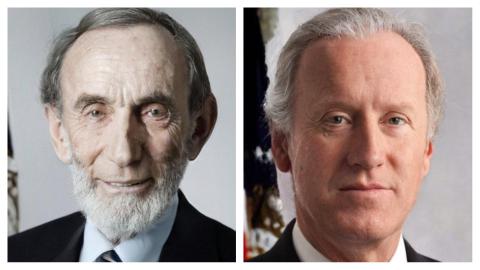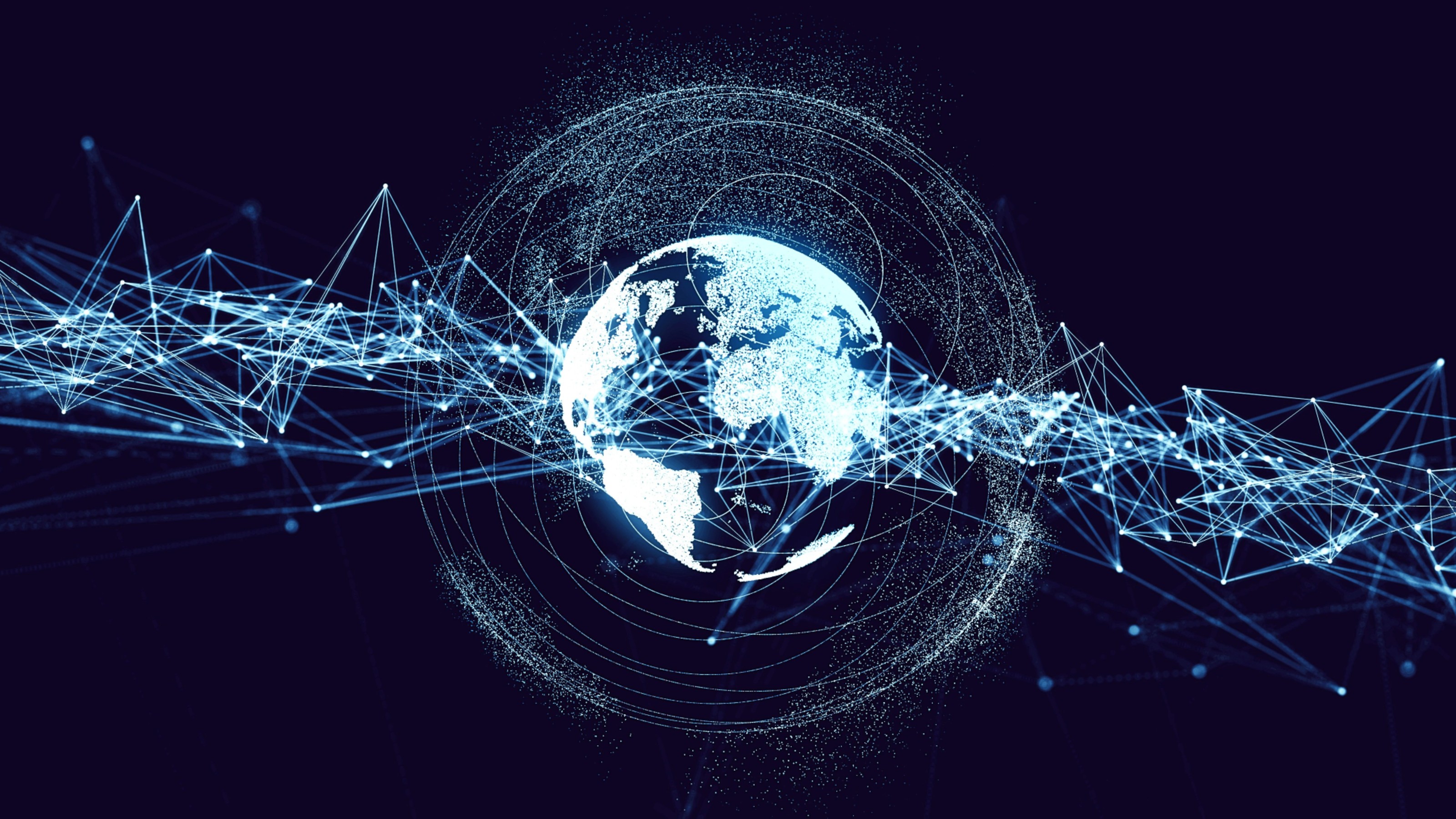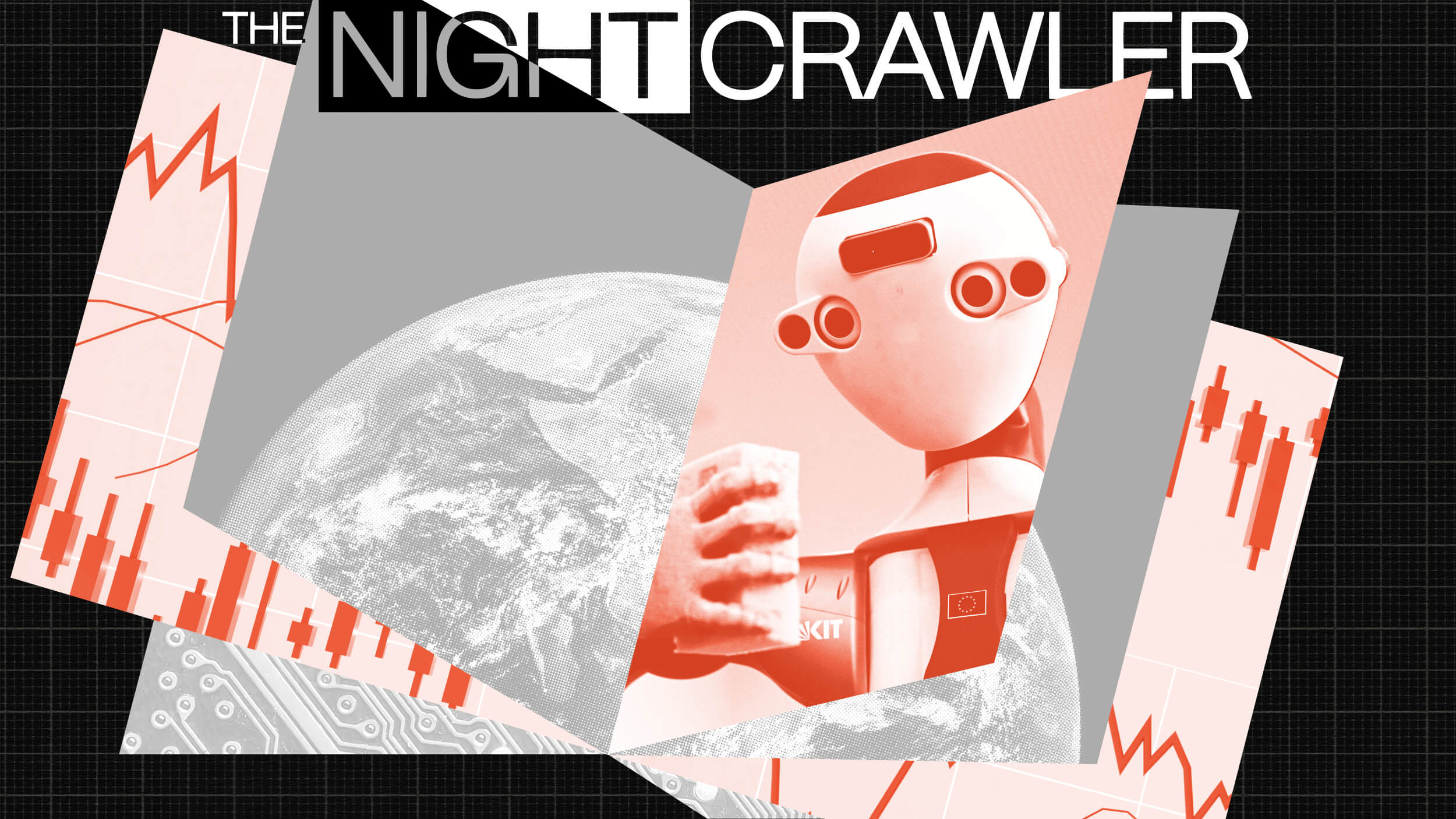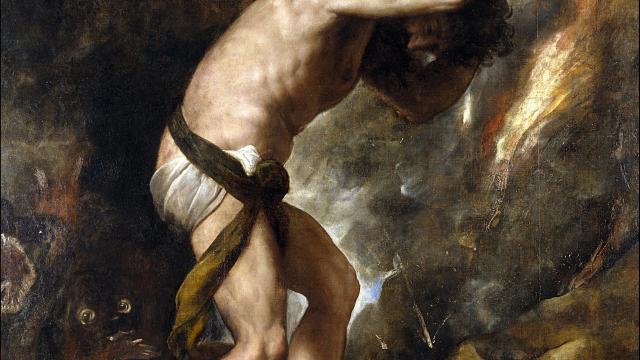What early US presidents looked like, according to AI-generated images

Magdalene Visaggio via Twitter
- A writer named Magdalene Visaggio recently used FaceApp and Airbrush to generate convincing portraits of early U.S. presidents.
- “Deepfake” technology has improved drastically in recent years, and some countries are already experiencing how it can weaponized for political purposes.
- It’s currently unknown whether it’ll be possible to develop technology that can quickly and accurately determine whether a given video is real or fake.
After former U.S. President William Henry Harrison delivered his inaugural speech on March 4, 1841, he posed for a daguerreotype, the first widely available photographic technology. It became the first photo taken of a sitting American president.
As for the eight presidents before Harrison, history can see them only through artistic renderings. (The exception is a handful of surviving daguerreotypes of John Quincy Adams, taken after he left office. In his diary, Adams described them as “hideous” and “too true to the original.”)
But a recent project offers a glimpse of what early presidents might’ve looked like if photographed through modern cameras. Using FaceApp and Airbrush, Magdalene Visaggio, author of books such as “Eternity Girl” and “Kim & Kim,” generated a collection of convincing portraits of the nation’s first presidents, from George Washington to Ulysses S. Grant.
Magdalene Visaggio on Twittertwitter.com
What might be surprising is that Visaggio was able to generate the images without a background in graphic design, using freely available tools. She wrote on Twitter:
“A lot of people think I’m a digital artist or whatever, so let me clarify how I work. Everything you see here is done in Faceapp+Airbrush on my phone. On the outside, each takes between 15-30 mins. Washington was a pretty simple one-and-done replacement.”
Magdalene Visaggio on Twittertwitter.com
Visaggio added:
“Other than that? I am not a visual artist in any sense, just a hobbyist using AI tools see what she can make. I’m actually a professional comics writer.”
Magdalene Visaggio on Twittertwitter.com
Of course, Visaggio isn’t the first person to create deepfakes (or “cheap fakes“) of politicians.
In 2017, many people got their first glimpse of the technology through a video depicting former President Barack Obama warning: “We’re entering an era in which our enemies can make it look like anyone is saying anything at any point in time.” The video quickly reveals itself to be fake, with comedian Jordan Peele speaking for the computer-generated Obama.
While deepfakes haven’t yet caused significant chaos in the U.S., incidents in other nations may offer clues of what’s to come.
In 2018, Gabon’s president Ali Bongo had been out of the country for months receiving medical treatment. After Bongo hadn’t been seen in public for months, rumors began swirling about his condition. Some suggested Bongo might even be dead. In response, Bongo’s administration released a video that seemed to show the president addressing the nation.
But the video is strange, appearing choppy and blurry in parts. After political opponents declared the video to be a deepfake, Gabon’s military attempted an unsuccessful coup. What’s striking about the story is that, to this day, experts in the field of deepfakes can’t conclusively verify whether the video was real.
The uncertainty and confusion generated by deepfakes poses a “global problem,” according to a 2020 report from The Brookings Institution. In 2018, the U.S. Department of Defense released some of the first tools able to successfully detect deepfake videos. The problem, however, is that deepfake technology keeps improving, meaning forensic approaches may forever be one step behind the most sophisticated forms of deepfakes.
As the 2020 report noted, even if the private sector or governments create technology to identify deepfakes, they will:
“…operate more slowly than the generation of these fakes, allowing false representations to dominate the media landscape for days or even weeks. “A lie can go halfway around the world before the truth can get its shoes on,” warns David Doermann, the director of the Artificial Intelligence Institute at the University of Buffalo. And if defensive methods yield results short of certainty, as many will, technology companies will be hesitant to label the likely misrepresentations as fakes.”





